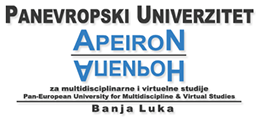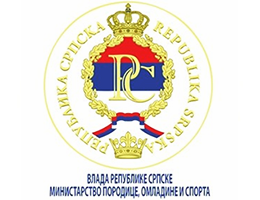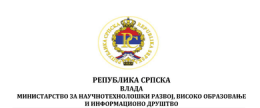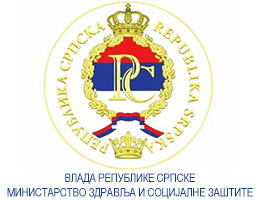The Level of General Physical Performance and Physical
Volume 4, Issue 1 (2014)
Volume 4, Issue 1 (2014)
The Level of General Physical Performance and Physical
Abstract:
This study presents the level of general physical performance and physical development of 7 years old pupils from all public primary schools in Banská Bystrica (n = 492, boys n = 252, age = 7.39, ± 0.43 years, girls n = 240, age = 7.24, ± 0.34) and findings about the after-school physical activity of pupils. The following indicators of physical development were monitored: body height, body weight and BMI. The following indicators of general physical performance were monitored: sit-and-reach test, standing long jump, sit-ups, flexed arm hang, shuttle run 4 x 10 m and endurance shuttle run. Body height and body weight of the boys was higher (p < 0.05) than those of the girls. The boys reached higher BMI, but the difference was not significant (p > 0.05). Statistical analysis of the results of the level of physical performance showed that the boys reached higher level (p < 0.05) in the tests of standing long jump, sit-ups and shuttle run 4 x 10 m to compare them with the girls. We noticed that the boys reached higher level in the tests of flexed arm hang and endurance shuttle run, but the difference was not significant (p > 0.05). The girls reached higher level (p < 0.05) in the sit-and-reach test. Achieved results of this study are diverse in confrontation with the results of other authors. 63.1 % of the boys stated the after-school physical activity within 1-3 times in a week. 56.7 % of the girls stated the after-school physical activity within 1-3 times in a week.
Keywords:
physical education, primary schools, first-grade pupils, general physical performance, somatic characteristics
Full Text:
References:
- ANTALA, B. et al. (2012). Telesná a športová výchova v názoroch žiakov základných a stredných škôl. Bratislava : NŠC, FTVŠ UK, 2012. 168 s.
- BROWN, J. (2001). Sports talent. Champaign : Human Kinetics.
- CHYTRÁČKOVÁ, J. (2002). Unifitest. Praha : FTVS UK. 66 s.
- EUROFIT: European Tests of Physical Fitness. 1988. Rome : Council of Europe, Comittee for the Development and Sport, 1988. 180 s.
- MĚKOTA, K., KOVÁŘ, R. et al. (1995). UNIFITTEST (6–60). Tests and Norms of Motor Performance and Physical Fitness in Youth and in Adult Age. Olomouc : Palacky University.
- MORAVEC, R., KAMMILLER, T., SEDLÁČEK, J. et al. (2002). Eurofit. Telesný rozvoj a pohybová výkonnosť školskej populácie na Slovensku. Bratislava : SVSTVŠ, 1996. 181 s.
- RUŽBARSKÁ, I., TUREK, M. (2007). Kondičné a koordinačné schopnosti v motorike detí predškolského a mladšieho školského veku. Prešov : Fakulta športu PU, 142 s.
- ŠIMONEK, J. (2012). Testy pohybových schopností. Nitra : Dominant, 195 s.
- TUREK, M. (1996). Application of „EUROFIT“ Tests of Younger School Age Pupils. I: Conference Proceedings 4 th International Scientific Conference „Sport Kinetics 95“. Prague : Charles University, pp. 479 – 483.
- TUREK, M. (1999). Telesný vývin a pohybová výkonnosť detí mladšieho školského veku. Prešov : SVSTVŠ, 112 s.
- ZAPLETALOVÁ, L. (2002). Ontogenéza motorickej výkonnosti 7–18 ročných chlapcov a dievčat Slovenskej republiky. Bratislava : SVSTVŠ, 96 s.






